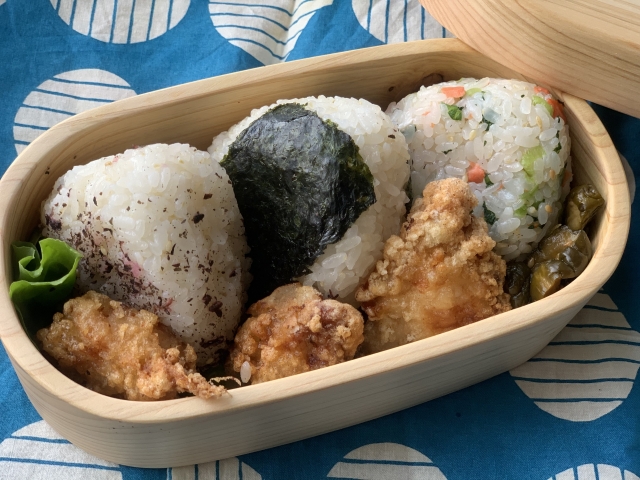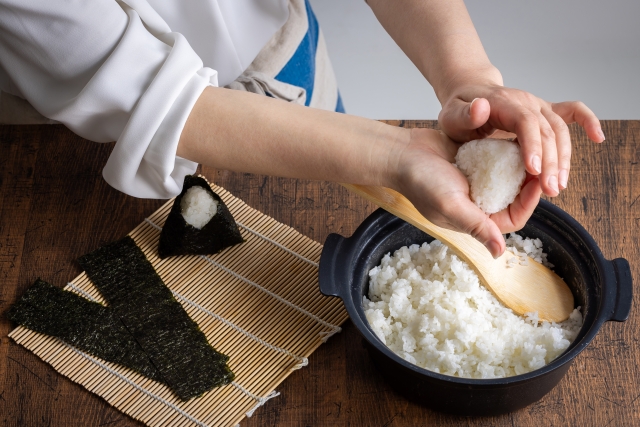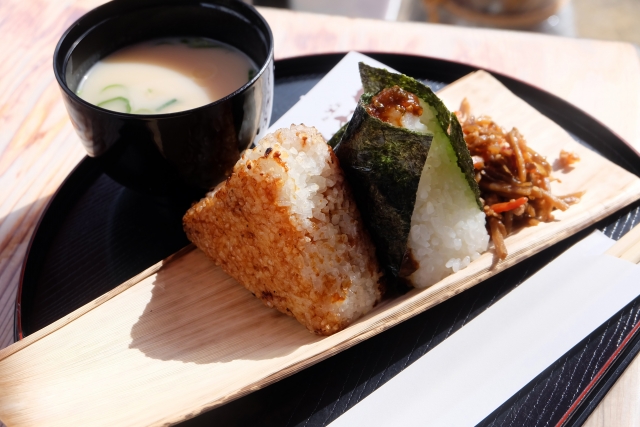When you hear the words “Japanese cuisine,” what dishes come to mind?
Sushi, tempura, soba, karaage—Japanese food culture has now gained global recognition, with many dishes loved worldwide.
However, if we were to name the food most deeply rooted in the Japanese soul, it would undoubtedly be “onigiri and miso soup.”
These are not just meals; they are childhood memories, the warmth of family, and the fundamental flavors that sustain daily life. No matter how much times change and food culture diversifies, the sense of comfort and familiarity these two bring remains unchanged
A compact handful of rice and a steaming bowl of soup—such simple elements, yet they have supported our hearts and bodies in profound ways. Let us take a moment to reflect on their significance.
The Mysterious Power of Onigiri
The moment you take a bite of onigiri, a strange sense of calm washes over you.
Perhaps this is because it symbolizes Japan’s deeply ingrained “rice-eating culture.”
Rice is more than just an ingredient for the Japanese.
It is carefully cultivated with immense effort from planting to harvest—so much so that it is said to require “eighty-eight steps” of labor.
The history of onigiri is ancient. In fact, carbonized rice balls have been discovered in ruins dating back to the Yayoi period.
During the Sengoku era, warriors carried them as battlefield rations, while common folk enjoyed them as travel and picnic food. Even today, onigiri remains a staple in lunchboxes, loved across generations.

A classic staple of Japanese bento is definitely the onigiri.
The Ever-Evolving Onigiri
The fillings for onigiri have also changed over time.
In the past, popular choices included umeboshi (pickled plum), kombu (kelp), and salmon—ingredients valued for their preservation qualities. These, combined with salt, helped keep the rice from spoiling.
Nowadays, the variety is endless: tuna mayonnaise, grilled meat, omurice-style fillings, and even seasoned rice versions.
Yet, no matter what filling is inside, the comforting sensation of biting into an onigiri remains the same.
Onigiri is not merely a “symbol of rice culture.”
The act of shaping it with one’s hands is akin to a ritual—an expression of gratitude for food and love for family. It is not just a meal, but rather, a way to “connect hearts.”
The Art of Making Onigiri
Anyone can make onigiri.
But that does not mean they will all taste the same.
The temperature of freshly cooked rice, the pressure used when shaping it—these factors dramatically alter its texture and flavor. If pressed too hard, it becomes too firm; too soft, and it falls apart.
A single onigiri is composed of delicate balances: the way the rice is cooked, the amount of salt, the wrapping of the nori (seaweed). Each of these elements determines its final perfection.
Even the placement of fillings requires technique.
Placing umeboshi in the center allows its acidity to spread evenly, while positioning it closer to the edge creates an element of surprise as one eats.
Making onigiri is deceptively simple yet profoundly complex.
Its very simplicity is what makes mastering it so challenging.

Making onigiri is simple, yet surprisingly difficult.
The Comfort of Miso Soup
Alongside onigiri, there is another essential dish for the Japanese—miso soup.
A single sip warms the body from the inside and fills the heart with comfort.
Japan’s miso culture varies by region.
The robust red miso of Kanto, the mild white miso of Kansai, the rich barley miso of Kyushu—each has its unique flavor profile.
The beauty of miso soup lies in its depth.
The combination of miso, dashi (broth), and ingredients intertwines to create endless variations.
Tofu and wakame, nameko mushrooms and green onions, potatoes and onions—no matter the combination, each ingredient enhances the others, making every miso soup a unique reflection of the person who makes it and the region it comes from.
Miso soup also offers numerous health benefits.
Fermentation produces enzymes and lactic acid bacteria that promote gut health, while its isoflavones and amino acids nourish the body from within.
It is no wonder that old Japanese wisdom proclaims, “Miso is the best medicine.”
Onigiri and Miso Soup: The “Origin” of the Japanese Soul
In today’s world, fast food and instant meals are abundant, and dining styles have diversified. Yet, many Japanese people still instinctively turn to onigiri and miso soup.
This is because they are not merely food—they are an integral part of Japanese culture.
The author, having lived abroad, often finds themselves longing for “onigiri and miso soup.” This longing is not just for the taste, but for the deep sense of identity and belonging they provide.
In recent years, “onigiri specialty shops” have been gaining popularity.
In an age of excess, these simple foods feel refreshing and captivating to many.
Onigiri and miso soup have always been, and will continue to be—
the quiet yet steadfast pillars that support the Japanese spirit.
“Onigiri and miso soup”—they are, indeed, the very foundation of the Japanese soul.




コメント